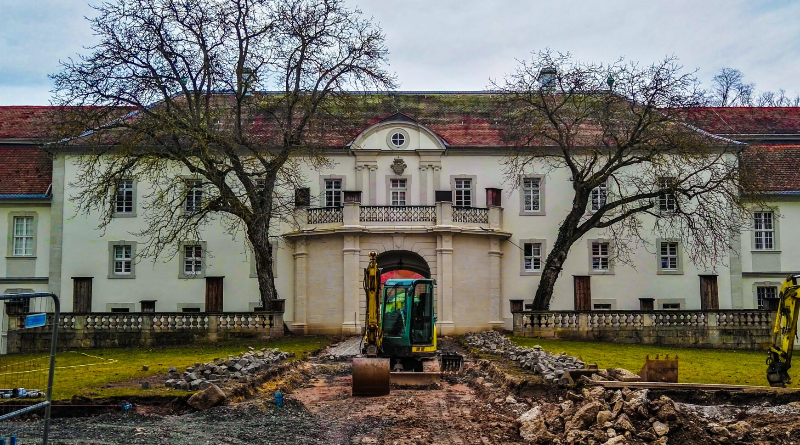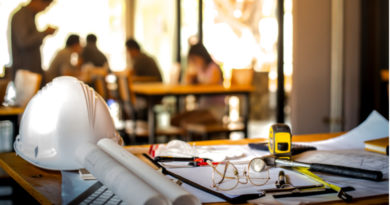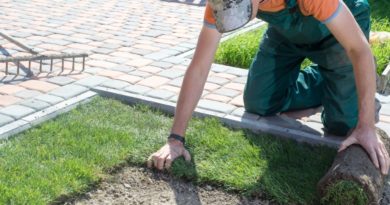Renovation & Conservation Courses
Considering a Course in Renovation & Conservation?
Are you passionate about history and the conservation of historical objects and buildings but you’re not sure where to get started? Renovation and Conservation is both an art and a science and usually requires a diverse team of experts from many fields. Depending on the object that is being renovated or conserved this can be anything from architects and electricians to historians and artists, each with unique knowledge and skills necessary to return the object as closely as possible to its original state.
What unites renovators and conservators with the original creators of the objects they restore is the shared dedication to perfection in every detail. This unflinching attention to detail and dedication to history results in a stunning display of both the original master’s skills and the skills of the renovation and conservation team.
What is Renovation & Conservation?
A Restorer is someone who changes the aesthetic appearance of an object to make it look like the object did originally but the materials used are not specific and the goal is simply to have the object look like it did when it was first created.
A conservator and conservation of an object encompass the whole scientific structure and the analysis of the object and the environment that it goes into to keep it as true to the original as possible. Conservation is a field that is divided into three components, art history, studio art, and chemistry. It is vital for a Conservator to understand a work of art from its historical background, what time period it comes from, who made it, and how it was made. A Conservator also needs to have the hand skills to care for a work of art and needs to understand the chemistry of what an object is made up of, how it deteriorates, and what methods can be used to care for the object without causing it to harm in any way.
In the field of Renovation & Conservation, conservators are always looking for the best way to care for a work of art. In some instances, this may be to recreate the original methods and techniques but new, better ways of caring for historical objects are always being discovered and developed.
Why is Renovation & Conservation so important?
Conservation is important because it aims to keep as much of the original material intact and preserved as is possible. Conservation aims to understand how an artwork or object needs to be treated to be sympathetic to the original artist’s intent and keep the integrity of the history of the piece.
Incorrect restoration techniques can lead to the loss of a meaning of a piece of art and completely change it. It is vitally important that conservators are skilled not only in art but also in the history of art before they attempt to restore anything so that they can be sure they are not changing a work of art but rather preserving it for many more years to come.
Conserving cultural heritage whether it be paintings, statues, or buildings is so important to understanding society and the history of who we are as people.
What Will I Learn about Renovation & Conservation?
You will learn about the technical and practical skills relevant to the repair and maintenance of historic buildings, structures, and artworks.
You will learn about skills and developments in materials, techniques, and current practice.
You will learn about conservation laws, rules and regulations.
Career Opportunities in Renovation & Conservation
After completing your course in Renovation & Conservation, you can expect to work as an Art Conservator, Art Restorer, Furniture Restorer, Restoration Architect, Museum or Gallery Conservator.
If you are serious about doing a course in Renovation & Conservation and would like to learn more about conservation and art history, check out courses in the Nightcourses.co.uk national course finder.




